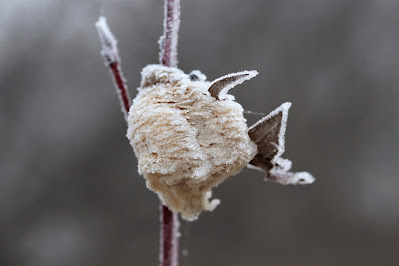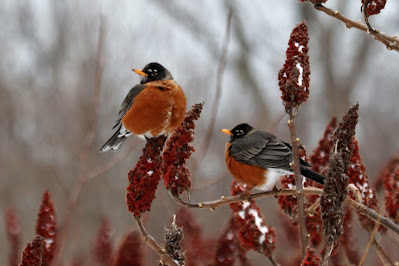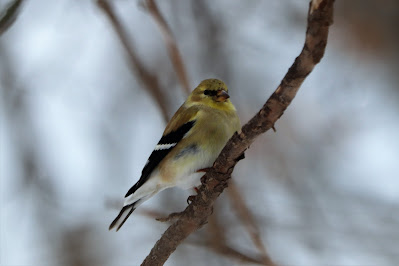Oh Sunny Days!!
Despite the cold temperatures, seeing the sun shine makes me feel warmer! I'm not sure if this American Robin would agree!
A Canada Goose is frustrated with the cold temperatures as it tries to get a drink from the frozen water.
An unidentified moth soaks up the afternoon sun.
Several European Starlings have been staked out in our backyard.
This introduced species can certainly look spectacular in the right light.
The Starlings are unfortunately interested in "setting up house" in our backyard, in the nesting cavity intended for Eastern Screech Owls. All European Starlings in North America descended from 100 birds set loose in New York's Central Park in the early 1890's. The birds were intentionally released by a group who wanted America to have all the birds that Shakespeare ever mentioned. (Cornell Lab, All About Birds)





.JPG)








.JPG)
.JPG)
.JPG)

































